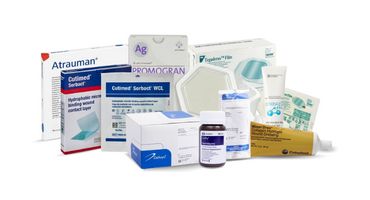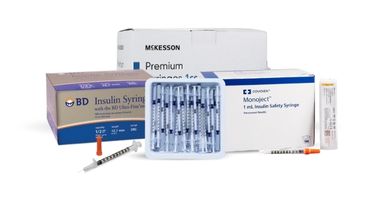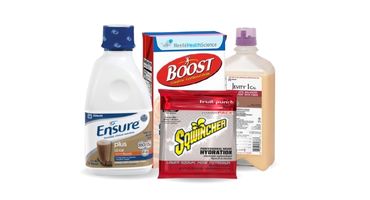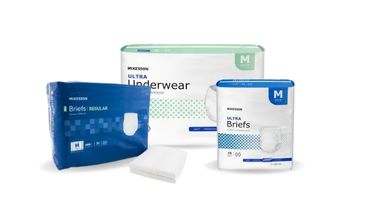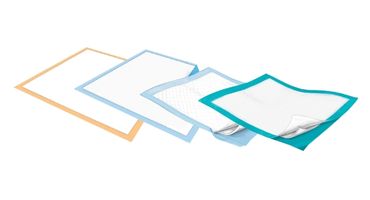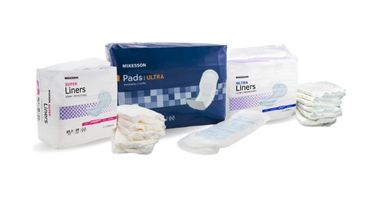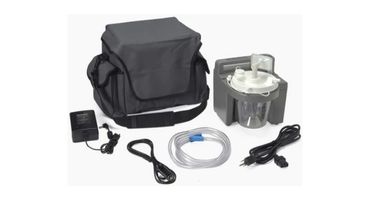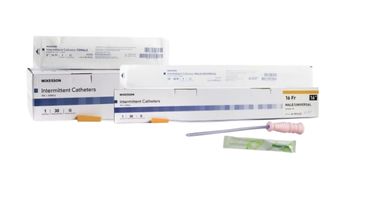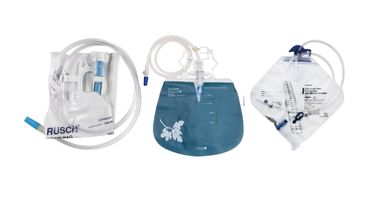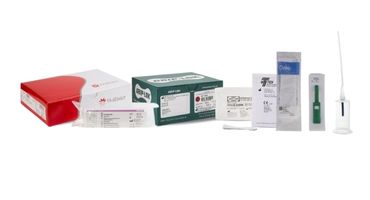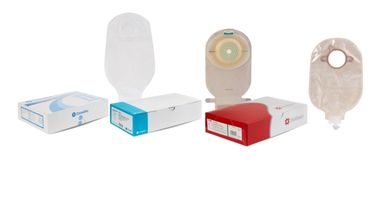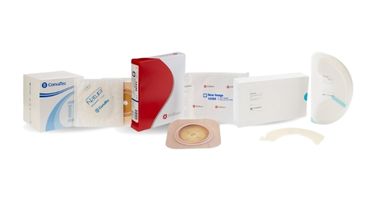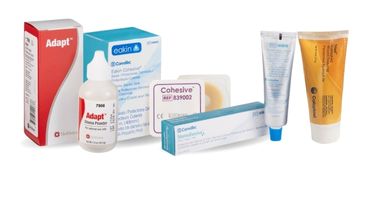Managing incontinence can feel overwhelming for users and caregivers alike—but the right approach turns care into a compassionate, effective experience. Here are 10 fresh strategies to boost comfort, confidence, and quality of life.
1. Select Personalized Incontinence Products
Not all products meet every need. Choose items based on absorbency, fit, skin sensitivity, and activity level. Whether using absorbent briefs, liners, pull-ups, or protective underpads, the right choice can prevent leaks and discomfort—keeping dignity intact.
2. Prioritize Skin Protection
Prolonged exposure to moisture can lead to irritation or infections. Clean the skin gently after each incident with pH-balanced cleansers, pat dry, and apply barrier creams or ointments. Breathable products and frequent changes help maintain healthy skin.
3. Establish a Consistent Change Schedule
Rather than waiting for saturation, change incontinence products proactively. Regular checks—especially at night—prevent chafing, leaks, and odor. Tracking schedules can reveal patterns and help refine caregiving routines.
4. Improve Accessibility and Environment
Small adjustments can make a big difference. Keep pathways clear and well-lit. Install grab bars and raised toilet seats. Consider commodes or bedside urinals for easier access—especially helpful for those with mobility issues.
5. Support Bladder Health Through Lifestyle Habits
Encourage pelvic floor exercises like Kegels and follow a toileting schedule (e.g., every 2–3 hours). Hydration is key—avoiding fluids can exacerbate incontinence by irritating the bladder. Include fiber-rich foods to manage constipation, which may worsen symptoms.
6. Track & Share Observations with Healthcare Providers
Use a bladder diary to note incontinence episodes, triggers, fluid intake, and bowel habits. This data is invaluable for healthcare professionals to diagnose underlying causes and tailor treatment plans.
7. Maintain Emotional Wellness and Privacy
Feelings of shame or frustration are common. Care with empathy—close doors, speak calmly, and work with patience. Encourage open discussion, and reframe incontinence as a medical challenge, not a personal failure.
8. Invest in Bedding and Furniture Protection
Protect surfaces with waterproof mattress covers, absorbent underpads, or disposable chair liners. These measures preserve your environment, reduce cleanup time, and extend the lifespan of household items.
9. Know When to Involve Professionals
Some patterns or skin issues may indicate underlying medical issues. Consult a physician if leaks persist, there’s pain, or sudden changes occur. Timely evaluation may uncover treatable conditions or offer therapy options.
10. Care for the Caregiver
Providing incontinence care can be emotionally and physically demanding. Take regular breaks, seek peer support or professional respite, and prioritize your own well-being—because sustained, compassionate care starts with a healthy caregiver.
Why Medsitis Makes a Difference
At Medsitis, we understand the unique challenges of incontinence care. That’s why our comprehensive selection includes:
-
Trusted absorbent solutions—from liners to briefs and waterproof bedding.
-
Skin-safe care essentials—like pH-balanced wipes and barrier creams.
-
Adaptive comfort items—including commodes and accessibility aids.
The Bottom Line
Thoughtful incontinence management balances practical care with emotional sensitivity. By selecting the right products, protecting skin, optimizing routines, and supporting both user and caregiver, dignity and comfort can be restored.
Ready to elevate your incontinence care toolkit? Explore Medsitis’s extensive collection today and discover products that make your caregiving journey easier, more effective, and full of empathy.

